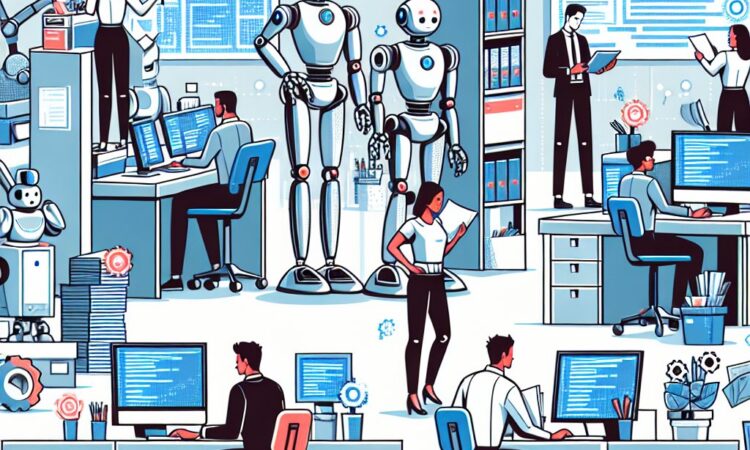Hyperautomation
Hyperautomation is the use of artificial intelligence (AI) and other technologies to automate as many tasks as possible. It combines machine learning, process automation, and robotics process automation (RPA) to create a comprehensive automation solution. With hyperautomation, organizations can streamline their operations, improve efficiency, and gain a competitive edge in the market.
One of the key benefits of hyperautomation is its ability to improve efficiency. By automating repetitive and mundane tasks, organizations can free up their workforce’s time to focus on more strategic activities that require human intervention. This leads to increased productivity and enhanced employee satisfaction. Moreover, the use of AI allows hyperautomation systems to continuously learn and adapt to changing circumstances, further optimizing the automation process.
Another advantage of hyperautomation is its potential to reduce costs. By automating tasks that previously required manual labor, organizations can significantly cut down on labor costs. Additionally, hyperautomation enables faster and error-free execution of processes, resulting in reduced operational expenses and improved accuracy.
Hyperautomation is also driving innovation by enabling organizations to develop new products and services. By automating certain aspects of product development and delivery, companies can accelerate their time-to-market and stay ahead of their competitors. The use of AI algorithms and analytics in hyperautomation also facilitates data-driven decision-making, leading to improved business outcomes.
The impact of hyperautomation can be observed across various industries. In manufacturing, hyperautomation allows for seamless integration between humans and robots, leading to increased operational agility and higher production outputs. In healthcare, hyperautomation helps automate administrative tasks, allowing healthcare professionals to devote more time to patient care. Similarly, in finance, hyperautomation streamlines financial processes, improves compliance, and reduces the risk of errors.
In conclusion, hyperautomation is revolutionizing the way organizations operate by leveraging AI and other technologies to automate tasks and processes. It offers numerous benefits ranging from improved efficiency and reduced costs to enhanced employee productivity and innovation. As businesses strive to stay competitive in the digital era, hyperautomation will continue to play a crucial role in driving digital transformation across industries.

